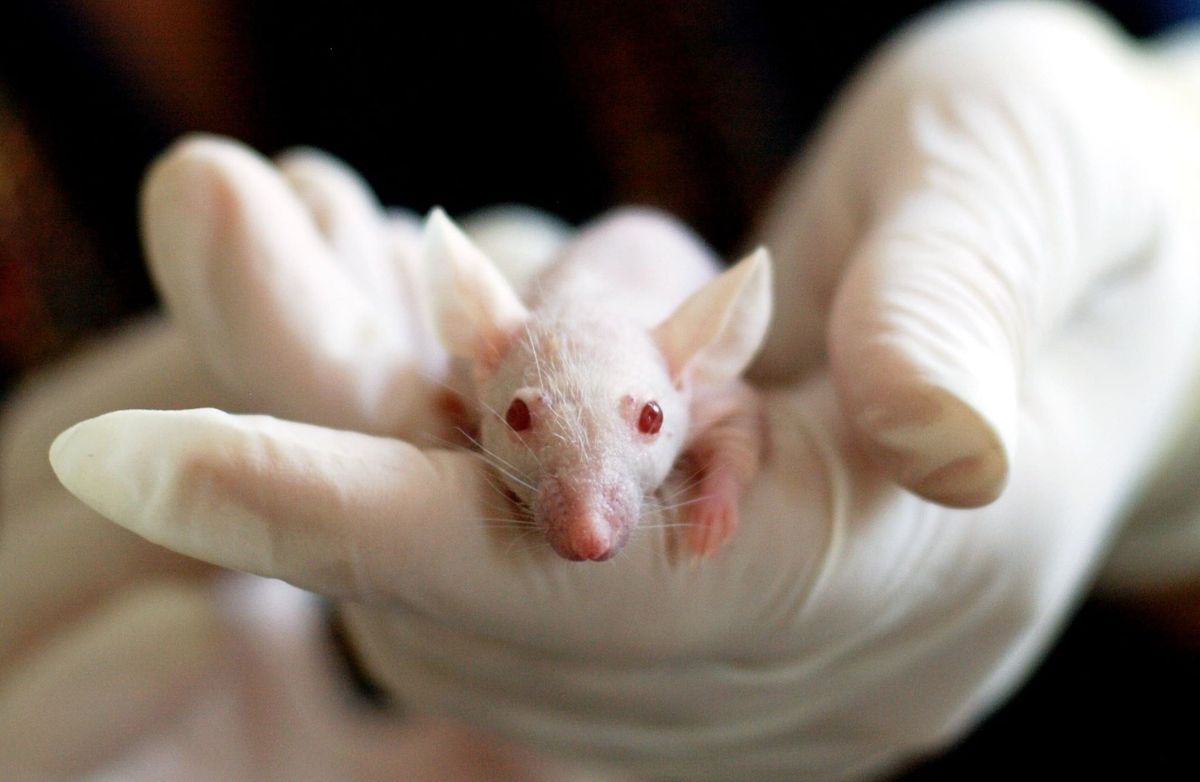How gene editing has reversed vision loss in mice
On Friday, a study published in the Journal of Experimental Medicine revealed new advances in curing vision loss.

A few minutes every morning is all you need.
Stay up to date on the world's Headlines and Human Stories. It's fun, it's factual, it's fluff-free.
On Friday, a study published in the Journal of Experimental Medicine revealed new advances in curing vision loss. Mice with retinitis pigmentosa (a rare eye disease that affects the retina) could see again after being treated with gene editing. Retinitis pigmentosa is one of the leading causes of blindness in humans, so this could be a game changer.
The study used CRISPR technology to work on the gene editing process. This tool was created based on bacterial immune systems, and it’s kind of like a pair of genetic scissors. The system allows scientists to make changes to DNA at specific locations. In the past decade, CRISPR has been used in many bioscience fields to cure, treat and prevent diseases, boost production and even try to bring back extinct animals.
How does gene editing work in this case?
Over 100 locations on 50 genes have been linked to this disease. For this study, scientists targeted a mutation in the enzyme PDE6βk, which is necessary for visual signaling in the retina. They used CRISPR and made changes to a genome mutation. This ended up restoring the enzyme’s activity in the retinas of mice, which stopped the photoreceptors from dying and restored normal electrical responses to light. The mice also had improved vision into old age.
“The ability to edit the genome of neural retinal cells, particularly unhealthy or dying photoreceptors, would provide much more convincing evidence for the potential applications of these genome-editing tools in treating diseases such as retinitis pigmentosa,” said Kai Yao, a professor at the Wuhan University of Science and Technology and one of the researchers involved in the study.
Even though this study is a sign of things to come, “Much work still needs to be done to address safety concerns and ensure efficacy before this system can be used safely and effectively in humans,” Yao explained to Forbes.
While CRISPR is already being tested on humans and has even been responsible for the first gene-edited babies, this kind of treatment can’t automatically be applied to people without further studies.




Comments ()